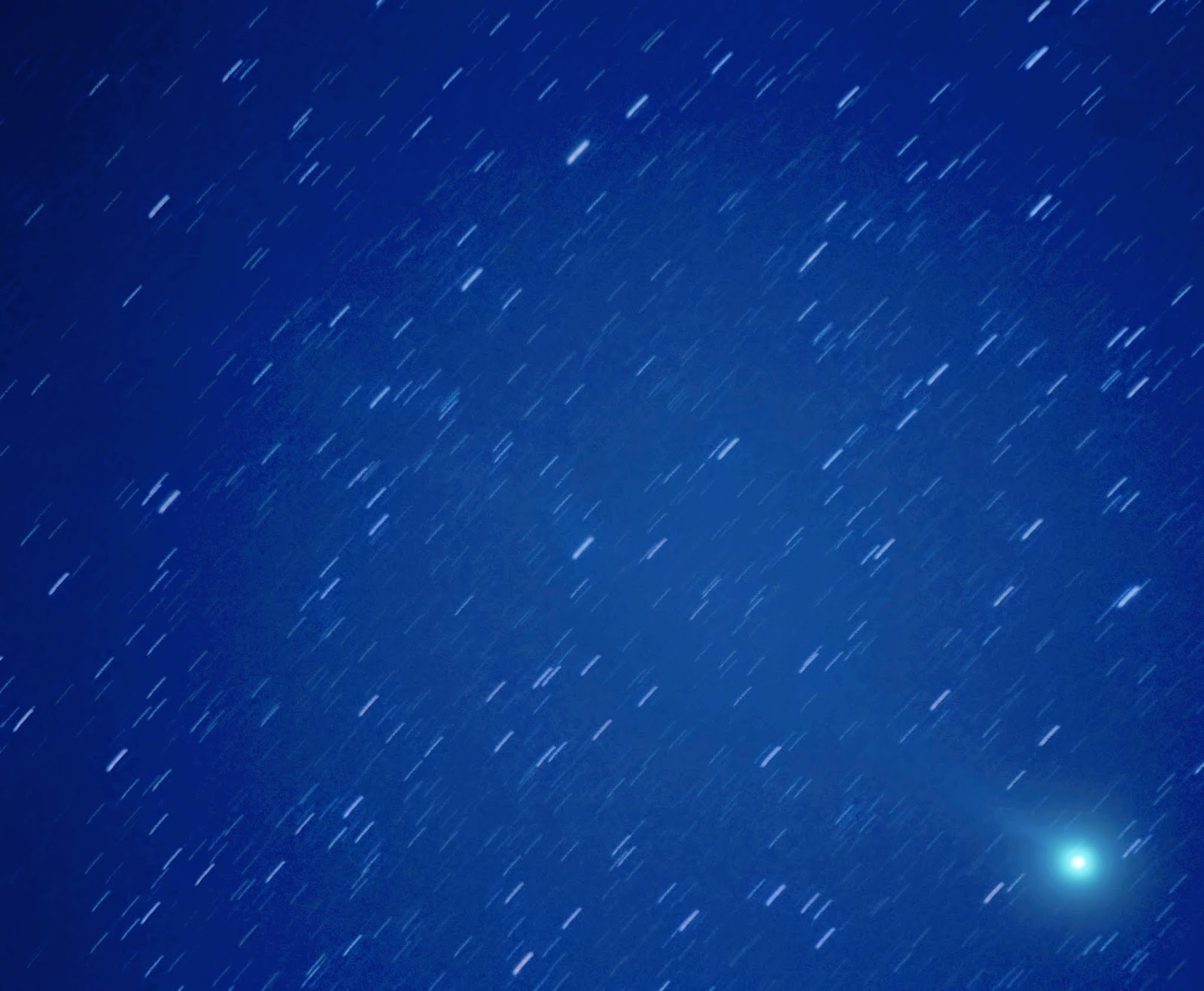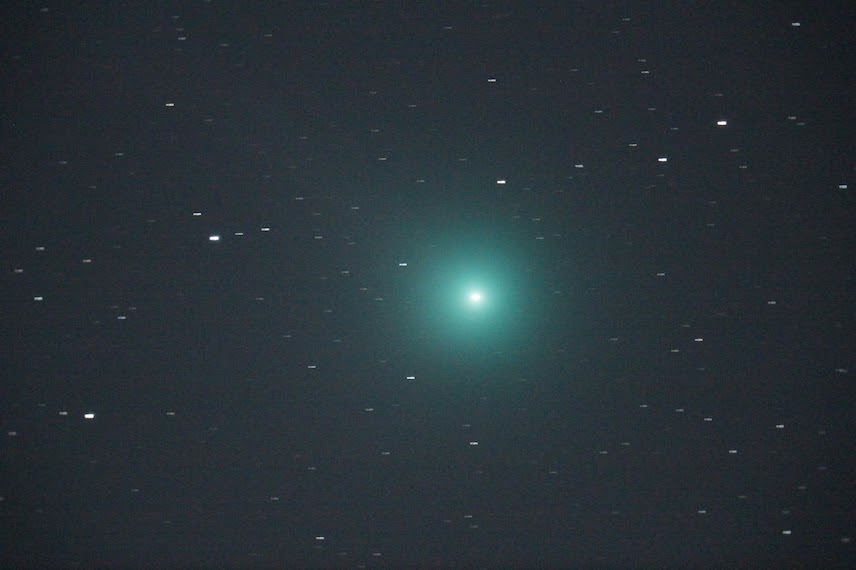Found an old Logitech webcam and thought, why not?
So I removed it's lens, found a Canon rear lens cap, drilled a hole in the middle of it, hot-glued it to the front of the webcam, put a Canon t-mount adapter on my Celestron C8 (orange 1980 model) and shot the Moon!
Here is the setup images of the webcam and the scope:
Here's it on the scope:
And here is the results (remember this is a 640x480 webcam!)
The crater Clavius is the one with the crater rings (center right)
A not so great shot of the "Straight Wall"
And to make things worse, my scope frosted and I didn't even know it!
Well, it was fun and I broadcasted on NSN astronomy network.
If you haven't been there, get going! Amatuer astronomers from their backyard, to their driveway,
to their own observatories broadcast LIVE most any time of day. Registration is simple and
is free... free is good! If you don't register, then at least hit the "Guest" button and watch/listen in!
A great chat place for astronomer wanna-be's and experienced sky watchers!
Thanks, George and the gang at NSN for all those past memories of using webcams to shoot the Moon!
So I removed it's lens, found a Canon rear lens cap, drilled a hole in the middle of it, hot-glued it to the front of the webcam, put a Canon t-mount adapter on my Celestron C8 (orange 1980 model) and shot the Moon!
Here is the setup images of the webcam and the scope:
Here's it on the scope:
And here is the results (remember this is a 640x480 webcam!)
Love this shot with the tall mountain in the plain
casting dark shadows! The crater is Plato.
Ok, the quality is nothing like a dslr but then what did you expect?
The contrast was really low because when you remove the lens you also remove the infra-red cut filter
which causes things not to appear as contrasty as it might otherwise be.
The contrast was really low because when you remove the lens you also remove the infra-red cut filter
which causes things not to appear as contrasty as it might otherwise be.
And to make things worse, my scope frosted and I didn't even know it!
Well, it was fun and I broadcasted on NSN astronomy network.
If you haven't been there, get going! Amatuer astronomers from their backyard, to their driveway,
to their own observatories broadcast LIVE most any time of day. Registration is simple and
is free... free is good! If you don't register, then at least hit the "Guest" button and watch/listen in!
A great chat place for astronomer wanna-be's and experienced sky watchers!
Thanks, George and the gang at NSN for all those past memories of using webcams to shoot the Moon!















